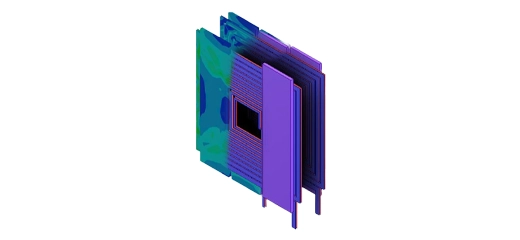Bow-Tie Antennas
5G wireless communication is a reality now, thanks to its obvious power and advantages it offers; for example, it offers a highly dependable universal connectivity with huge volumes and diversity of data as well as a broader bandwidth. Traditionally, microstrip phased array antennas are used in 5G communication systems; thanks to its compactness, high efficiency, and easy integration in MMIC; nonetheless, they suffer from a limited bandwidth. To achieve a wider bandwidth, Bow-Tie antennas, with a pair of radiators printed on both sides of the substrate has been suggested by several authors.



